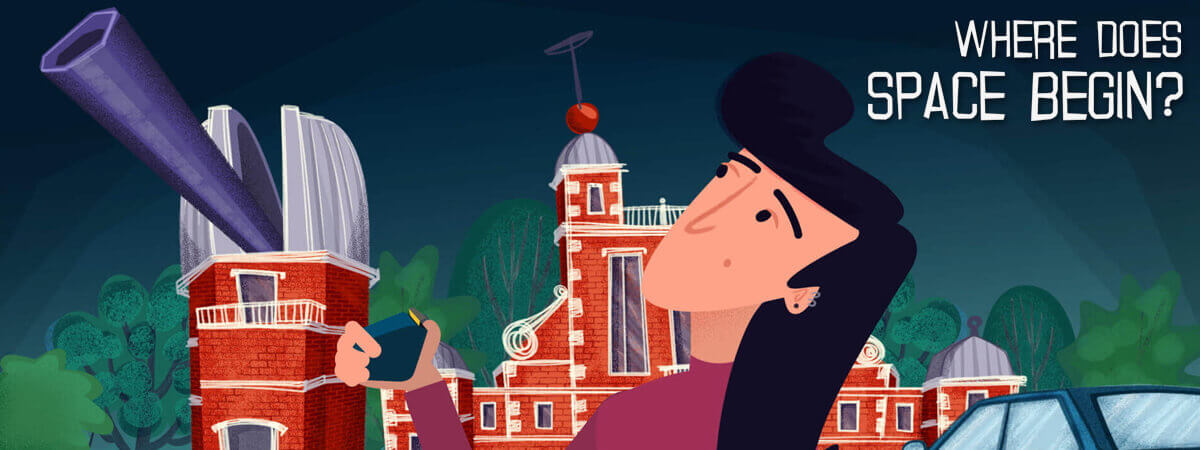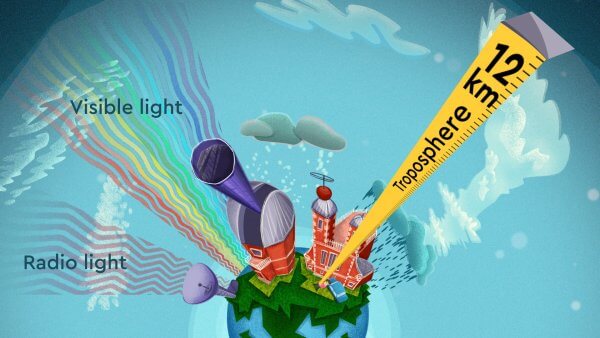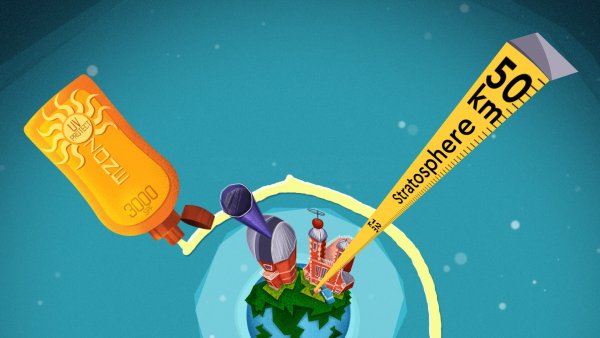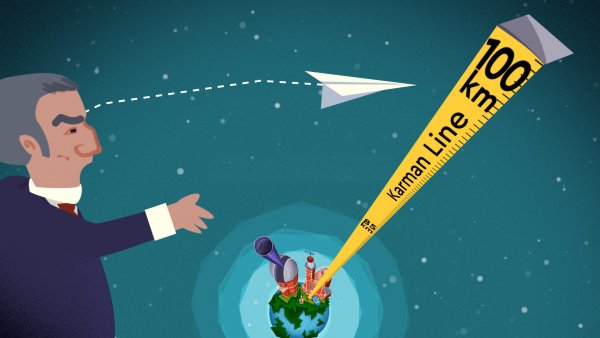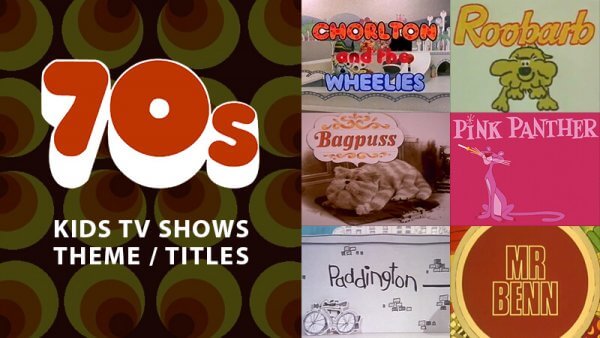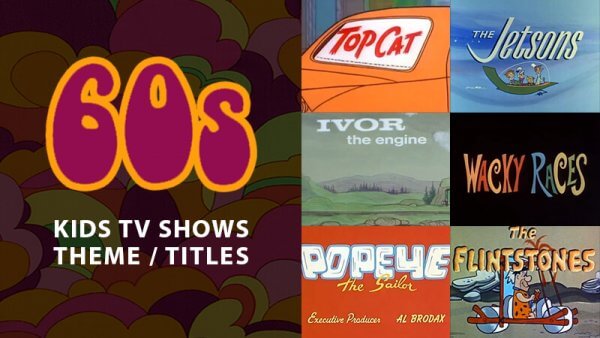We could summarise the answer to the question ‘where does space begin?’ simply as:
The Kármán line is where many, including NASA, consider space to begin. Named after Theodore von Kármán, he calculated that at this height, the atmosphere is too thin for normal aircraft to fly.
However, there is slightly more to it than that. We teamed up with the Royal Observatory Greenwich to answer this question by means of an animated video. Using graphical representations, and through our visual style and music choices, our aim was for children as young as 14 to understand the complex answer to what, on the surface, is a simple question. Follow along with our images and explanation below, or skip straight to the video at the bottom.
Traveling through our atmosphere
We live in an age where we are reliant on space travel. From navigation to communication, Earth science to astronomy, space has become the home for a wide range of technologies that have revolutionised the way we live. But with new satellites being launched almost daily, have you ever wondered how high they are going?
How far do you need to go to say you have truly reached space? The answer is tied directly to our atmosphere.
The Troposphere
At the bottom is the troposphere – the layer in which we live. From clear skies to thunderous storms, most of our weather is produced within this region and it’s where many commercial planes fly. While visible and radio light can reach this layer, most other types of light are blocked further up.
The Stratosphere
The stratosphere, directly above, is actually hotter than the troposphere despite being further from the warmth of the Earth’s surface. This is because gamma rays and x-rays are absorbed by the gases in this region. It’s here where you find the ozone layer that protects us from the harmful ultraviolet light of the Sun.
The Mesosphere
About 50km up, we reach the mesosphere – the coldest layer. It’s here where most of the meteors that fall into our atmosphere burn up. These rocky fragments, the leftovers from comets and asteroids in our Solar System, produce brilliant streaks of light in the sky, commonly called shooting stars.
The Kármán Line
The Kármán line is where many, including NASA, consider space to begin. Named after Theodore von Kármán, he calculated that at this height, the atmosphere is too thin for normal aircraft to fly. They would have to travel at orbital speeds to keep them in the air. Rockets like the Boeing-built NASA Space Launch System are needed to exceed the Kármán line as they have enough thrust to leave the Earth’s orbit.
The Thermosphere
Now we have reached the thermosphere – the hottest layer. It’s here that one of the most spectacular Earth-bound phenomena occur – the aurorae. Charged particles blown off from the Sun are curved towards the poles by the Earth’s magnetic field and interact with the gases in the atmosphere producing brilliant shimmering curtains of light.
Beyond
Above these we find GPS and communications satellites, along with the International Space Station. These are all still within our atmosphere, meaning every now and then they need a push to keep them from slowing down and falling out of the sky! It has taken the efforts of many organisations to build, launch, construct and operate the International Space Station.
Our atmosphere never truly ends. It becomes thinner and thinner through the exosphere, a layer that extends at least ten thousand kilometres up until it is all but undetectable. We still have almost three hundred and seventy thousand kilometres to go before we reach the Moon and many millions of kilometres further before we reach even the closest planet! So in the grand view of our Universe, space is only just above your head!
The above brilliantly simple explanation was supplied by ROG astronomers Dhara Patel and Dr Greg Brown. Dhara had these few words to say about the project:
Each year at the Royal Observatory Greenwich, the education team develop new animated videos to add to our suite of resources created for teachers and students. We aim to produce curriculum-linked astronomy videos that clarify common questions which also lead to intrigue in the subject.
This is the second year we have chosen to work with Slurpy Studios to create our videos. The team understand our brief and audience very well. As such they have created bright and humorous films with a distinct visual style that we absolutely love. They make the feedback process incredibly simple and are very flexible, making them a great company to work with.
We are really pleased with the films this year; the blend of the visual style, colour palette and music have resulted in three fantastically animated films which we’re sure will be a hit with not only our schools audience but the wider public too.
If you’re also curious about How the Solar System formed, or how Collisions and Explosions in the Universe have shaped the planets/moons/stars – then take a look at these other two films. More information about the project can be found here.
